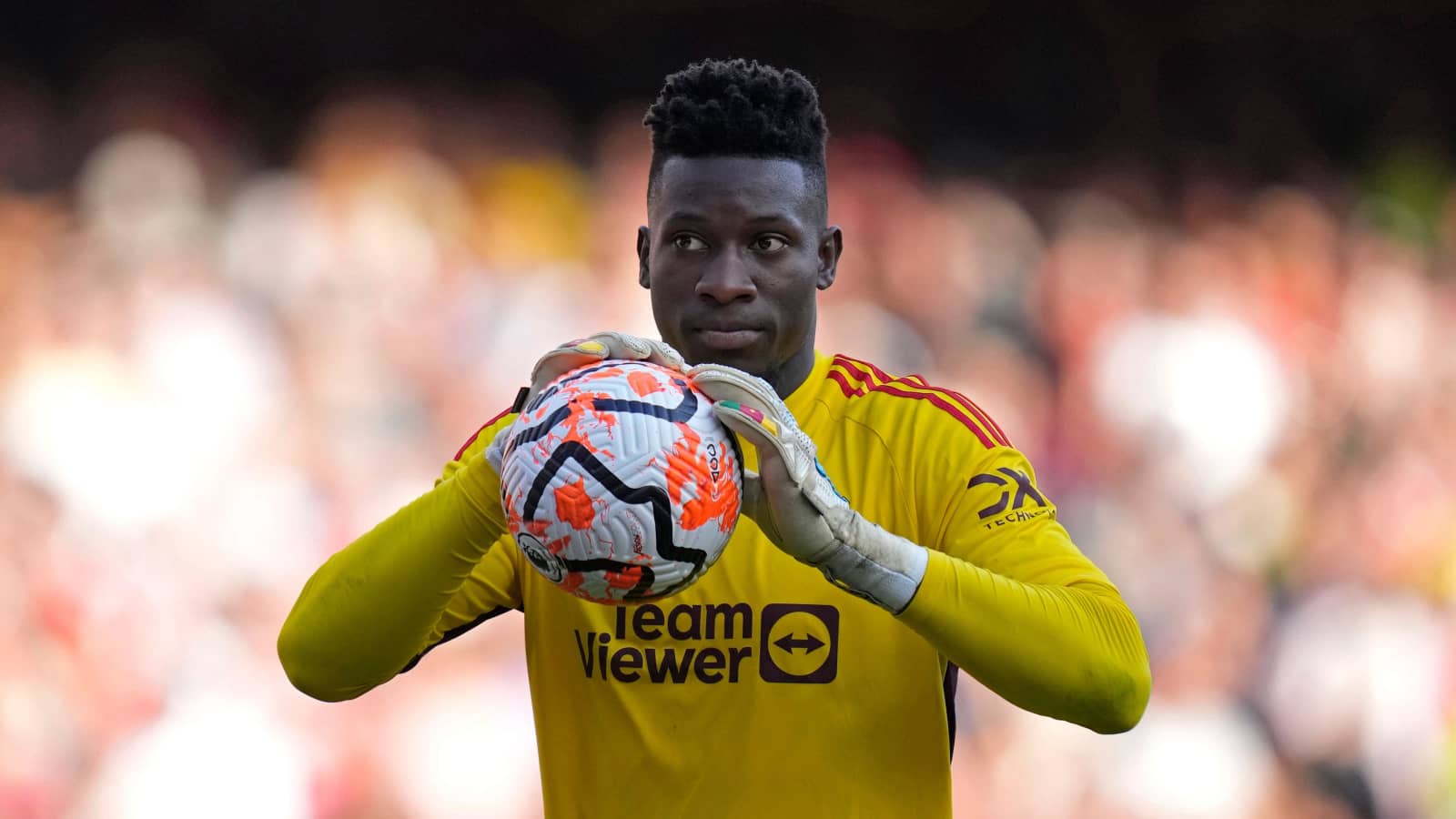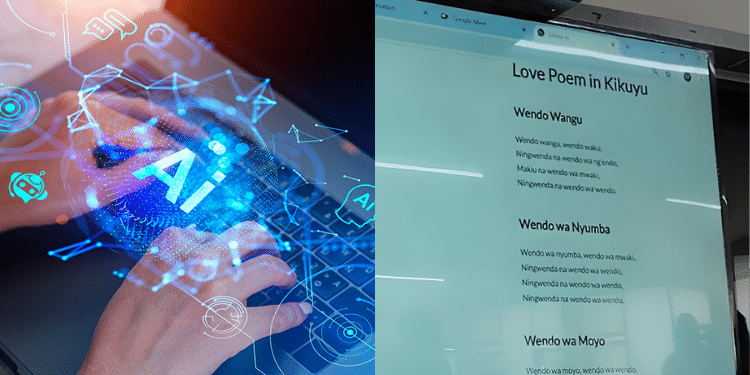Google has announced that it is in the experimentation stage of introducing a new feature to ease music search on YouTube.
The tech giant announced the initiative through its ‘YouTube test features and experiments’ page, disclosing its plans to enable users to search for songs by humming or recording a part of the song currently playing.
However, the hum-to-search and recording features are currently available to a small percentage of YouTube viewers on Android. Users are urged not to be surprised if they don’t have access to it just yet.
Furthermore, it’s also worth noting that Google is labeling this a test or experiment, suggesting that these features might undergo major changes before being available to everyone.

According to Google, users involved in the experiment can switch from voice search to the new song search feature, where they can hum or record the song they want.
Also Read: TikTok Billionaire Agrees to Set Up Office in Nairobi
How to Use new YouTube Feature
To commensurate with Google, a user needs to toggle from YouTube Voice Search to the song search feature to get started.
You’ll then need to hum or record the song for at least three seconds, with the feature then sending you to the relevant content on YouTube (e.g., an official music video, a user-uploaded video, or a Shorts clip).
Additionally, Google also announced that it is testing a “channel shelf” in the subscriptions feed.
The shelf is meant to effectively combine multiple recent uploads from a creator into a “shelf.”
This allows the user to view their recent uploads without necessarily directly visiting their channel.
Also Read: 5 Popular Kenyans on TikTok and How They Make Money
In addition to the sheer convenience of it all in theory, Google says the feature is also supposed to put less pressure on creators to upload multiple times a day.”
Moreover, earlier in the month YouTube revealed another experimental initiative: AI auto-generated video summaries.
This feature is designed to provide users with quick video summaries that assist them in deciding whether a video aligns with their interests.
Importantly, these summaries are intended to complement, not replace, video descriptions created by content creators.











































































